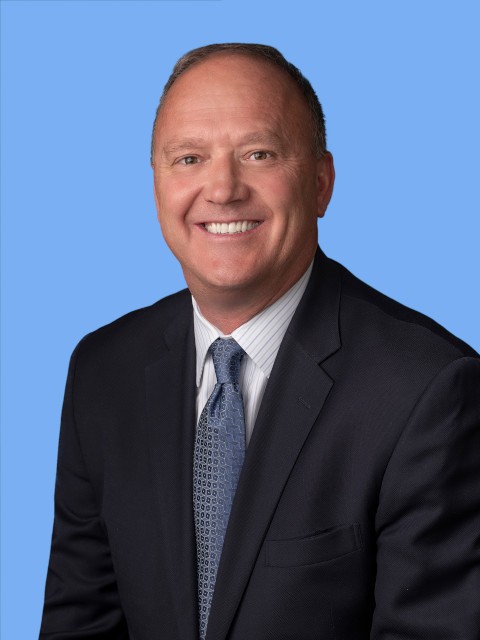In addition to identifying and addressing trends around financial health, staffing challenges, and technology opportunities, there remain a number of additional trends set to impact hospitals throughout 2024.
Discover three additional trends that health leaders should consider when developing and managing their hospital’s strategic priorities this year.
-
- Shifting Healthcare Consumerism Needs
In a McKinsey & Company report, 90% of health executives and 100% of CMO’s identified healthcare consumerism as a top priority for their companies.1 Two areas of focus for hospitals include:
-
-
-
- Behavioral Health: Patients with behavioral health conditions drive roughly 57% of all healthcare spending. This is due largely to the growing number of admissions/readmissions to the emergency department (ED) for behavioral health services.
-
-
If adequate behavioral health resources are placed alongside a comprehensive rehabilitation program, ED admissions will decline and could lead to over $4 billion in annual ED cost savings.2
-
-
-
- Self-Management: An increasing number of patients want to be involved in their health journey. Patient self-management is critical, especially for those with medically complex conditions. A key factor to self‑management is a patient’s activation level, which refers to an individual’s ability and probability to practice self-care.5 For inpatient rehabilitation, this is especially critical during care and following discharge to avoid readmission and added care cost.
-
-
-
- Impending Regulatory Priorities
Regulatory changes brought on by CMS have tested the abilities of rehabilitation hospitals across the country. Two regulatory changes of note for 2024 and beyond include:
-
-
-
- Review Choice Demonstration (RCD): RCD is expected to have major impacts on hospital operations – specifically denials management.3 The first RCD went into effect in August 2023, with the goal to protect Medicare funds from mis-payment and fraud.
-
-
Although hospitals receive timely notice of their state’s implementation, modifications throughout the process are to be expected – making preparation and education critical.
-
-
-
- IRF Prospective Payment System (PPS) Final Rule: CMS increased payment rates by $355 million for 2024 – a result of several factors, including inflation and changes in the IRF market basket.4
-
-
Additionally, CMS set new modifications for excluded units. This allows hospitals to open a new rehab unit and begin being paid under the IRF PPS at any time during the cost reporting period. Historically, hospitals could only open a new unit at the start of a cost reporting period.4
-
- Continued SNF Challenges
CMS announced a 3-hour daily nurse staff requirement for skilled nursing facilities (SNFs), in 2023.5 Several studies forecast SNFs will not be able to comply with the new rule, as it is expected to cost the industry over $10 billion to maintain.6
Challenges hospitals could face following the new SNF requirement:7
-
-
-
- Patient throughput obstacles due to limited SNF beds – resulting in longer inpatient stays without appropriate discharge options.
- Increased financial pressure on other post-acute settings resulting from rising admission volumes due to a of SNF accessibility.
- Staffing minimums for other care settings once the SNF mandate is enforced.
-
-
Why Partnership is a Critical Next Step
As hospitals continue to get inundated with patient admissions, having an inpatient rehabilitation program in place with the guidance and support of a qualified partner has never been more important.
In fact, hospitals are increasingly looking to partner via joint venture, contract management or M&A with a qualified rehabilitation expert to achieve improved outcomes, patient engagement and financial performance.8
Contact us today to learn how Lifepoint can help your hospital stay ahead of shifting trends while maintaining strong performance and outcomes.
Read our full white paper to learn about the additional trends set to impact hospitals in 2024 and beyond.
References:
- https://www.mckinsey.com/industries/healthcare/our-insights/driving-growth-through-consumer-centricity-in-healthcare
- https://www.milliman.com/-/media/milliman/pdfs/articles/milliman-high-cost-patient-study-2020.ashx
- https://www.cms.gov/es/node/1691166
- https://www.cms.gov/newsroom/fact-sheets/fiscal-year-2024-inpatient-rehabilitation-facility-prospective-payment-system-final-rule-cms-1781-f
- https://skillednursingnews.com/2023/09/cms-to-issue-nursing-home-staffing-mandate-of-3-hours-per-resident-per-day/
- https://www.ahcancal.org/News-and-Communications/Fact-Sheets/FactSheets/CLA-Staffing-Mandate-Analysis-Dec2022.pdf
- https://www.advisory.com/topics/post-acute-care/2023/04/snf-staffing-mandate
- https://go.beckershospitalreview.com/financewp/10-must-read-articles-for-c-suite-leaders-on-current-financial-headwinds-and-growth-strategies

